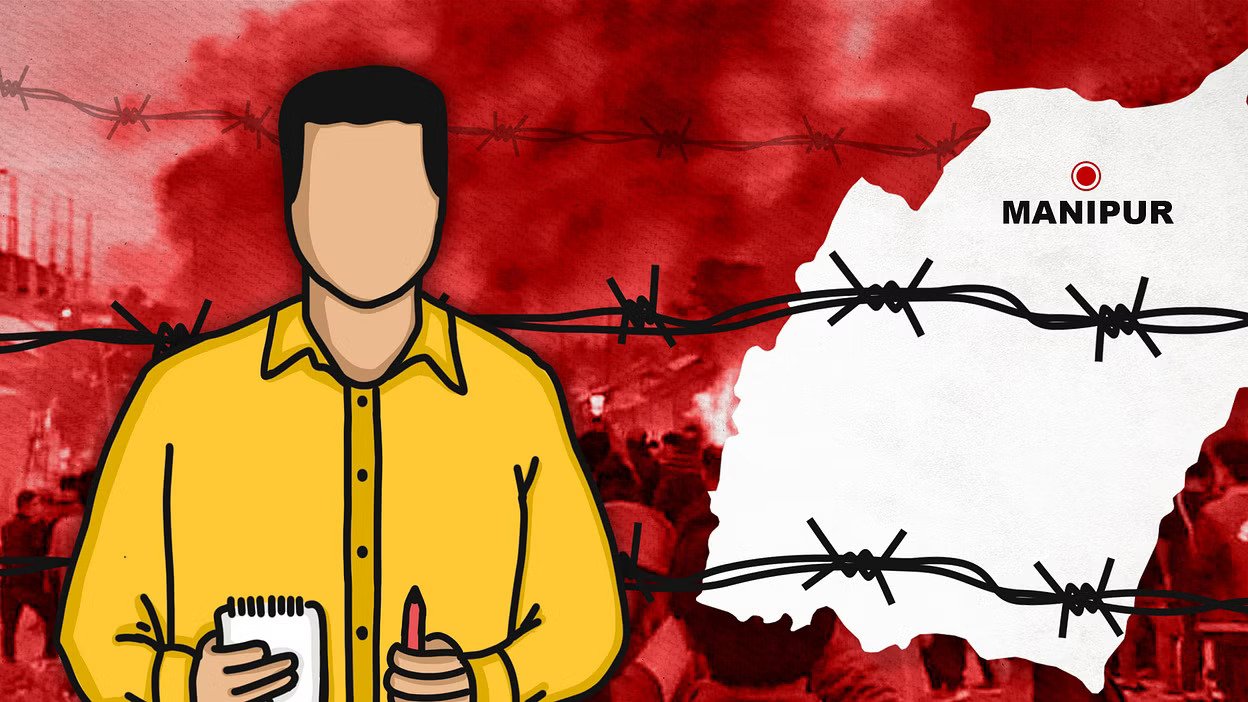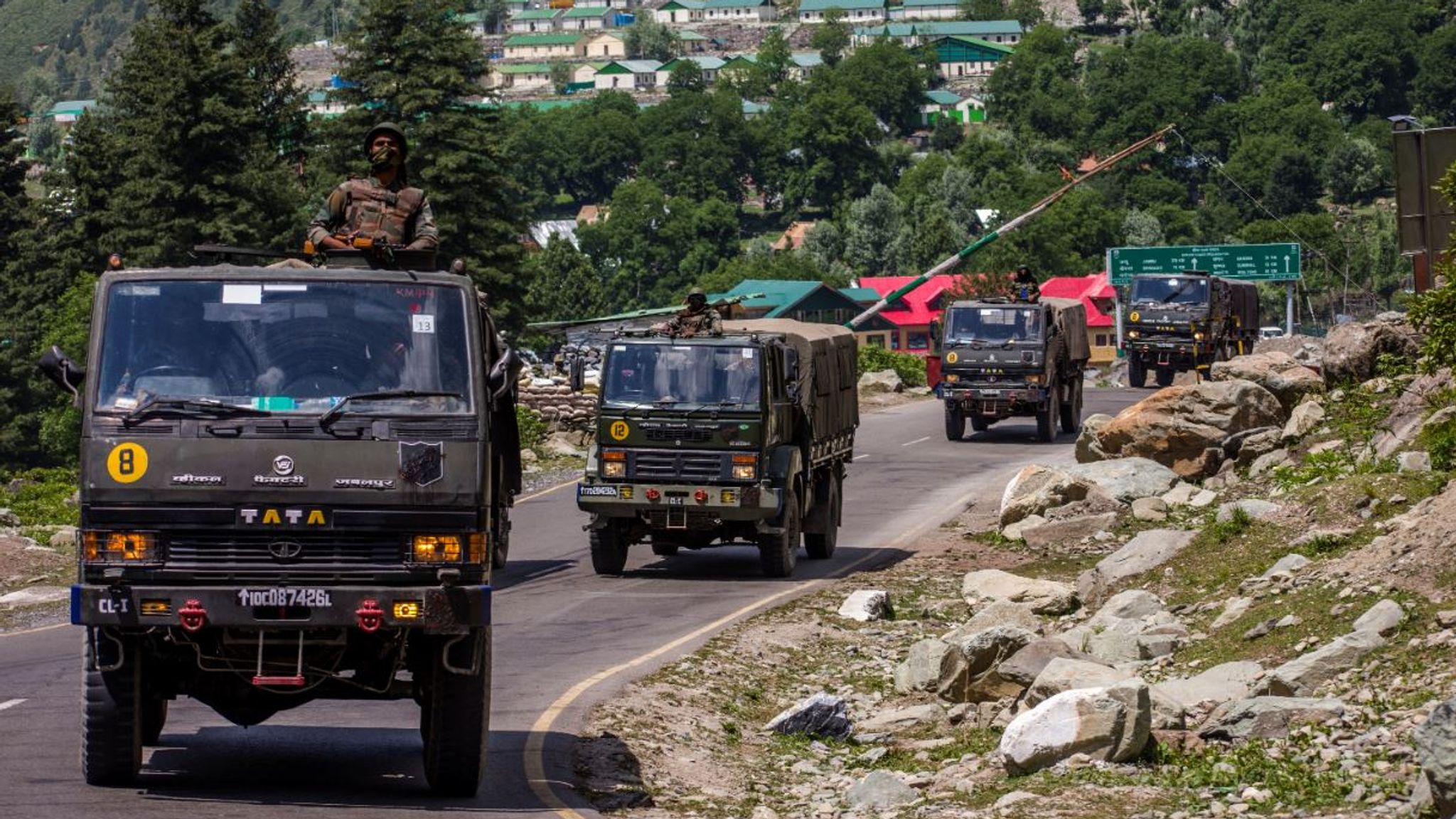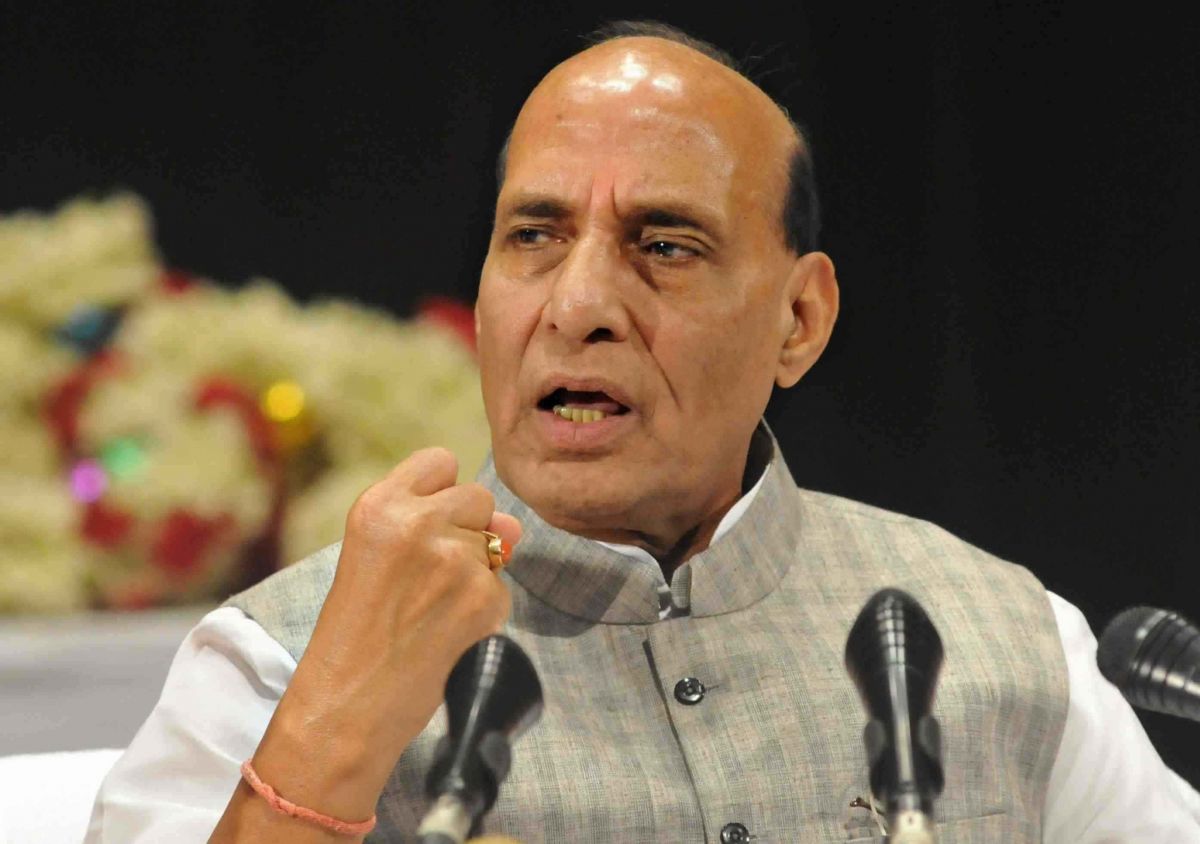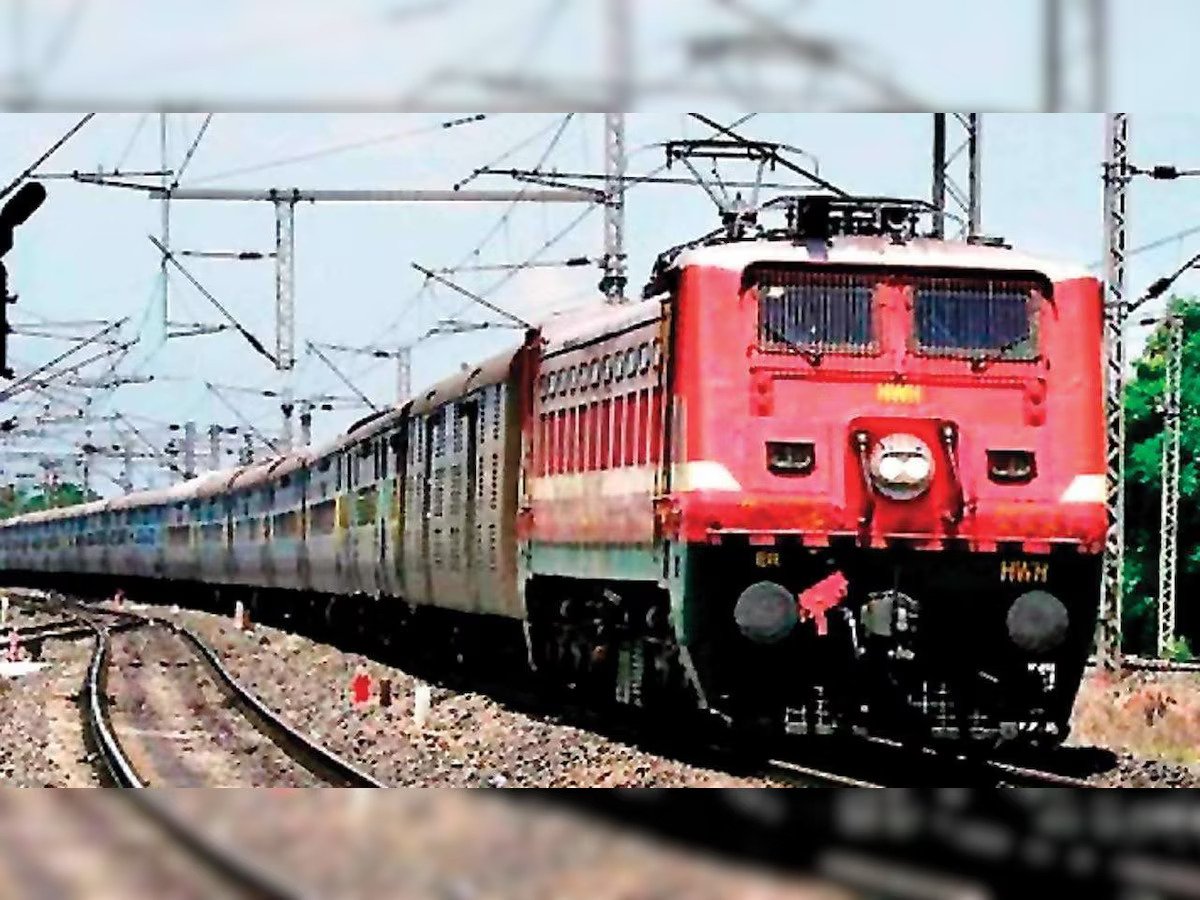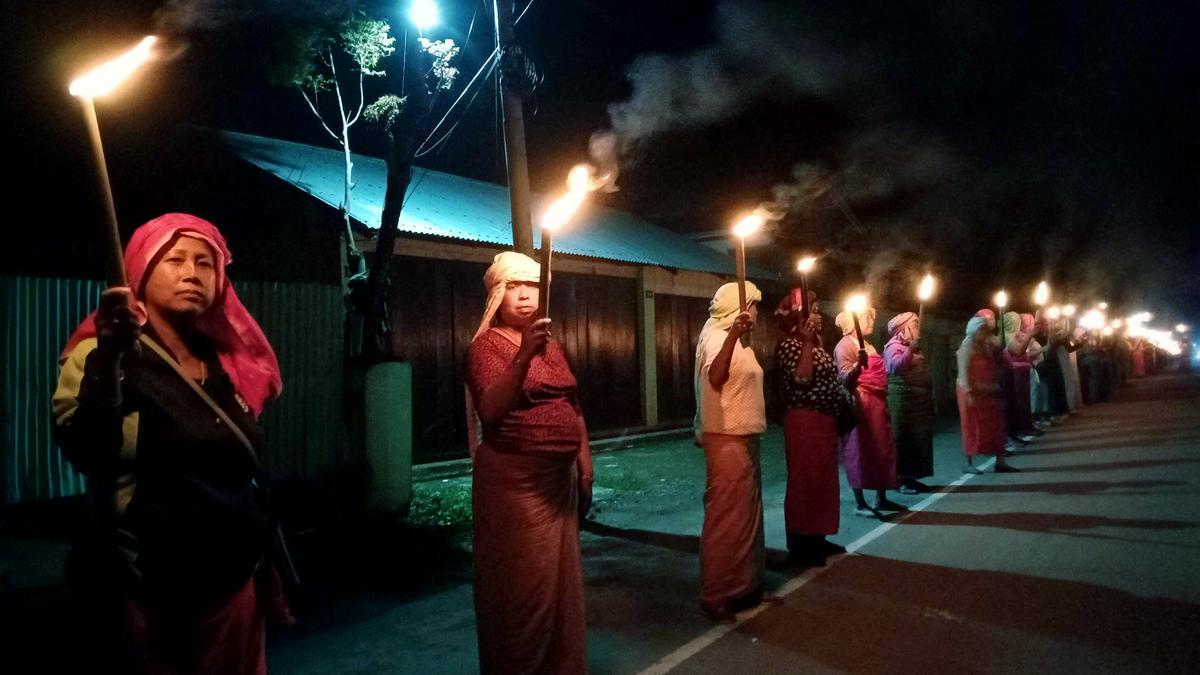North-east India is frequently stereotyped as a landscape of fear and a remote region of “disturbed areas”. The Armed Forces Special Powers Act of 1958, often known as the AFSPA, is applied in some areas due to a history of “law and order” issues. But what does it mean to see a place and its residents going through intense agony and suffering while being entirely desensitised to their misery?
More than 50,000 people have been forced to flee their homes, over 160 people have perished, and countless buildings—including houses, automobiles, churches, and temples—have been reduced to ruins in the nearly three months since the first spark of civil unrest on May 3. And these are just the reported figures; it will be a while, if ever before we can start to assess the scope and depravity of the situation as a whole.
It is about time that we began investigating the Union government’s possible involvement in the current violence that has wracked Manipur. Likewise, hold the prime minister accountable. It must be acknowledged that by purposefully choosing to be “inactive” in Manipur, it has succeeded in dividing the whole North Eastern area in a way that will persist for a very long time, if not permanently. It is no small feat for a party that dominates by further dividing and destabilising the nation.
It is incomprehensible that, despite claiming to desire to do so, the Modi administration, which has the power to suppress all voices in Jammu and Kashmir and actively intervenes through its agencies in West Bengal or other states, has been unable to put an end to the bloodshed in Manipur.
The opposition and our commentariat have both seen the Union government’s silence as an act of callous indifference on its behalf. Biren Singh is being held accountable, and rightfully so. But how can we explain the failure of a Union administration led by a guy who consistently calls on Indians to elect the BJP to office in the states as well so that he may personally manage their problems there as well?
Can the Narendra Modi administration claim that despite the presence of a previously unheard-of amount of federal security troops and the enormous power it has acquired by sending its special envoy to ‘assist’ the state government, it has been unable to control the violence in Manipur?
Is it an inability or reluctance to put an end to the violence? Veteran police officers and government employees have stated that if violence, especially community violence, persists for more than 24 hours, it indicates that the authorities do not want it to cease and are actively involved in it. Imagine a state-wide outbreak of sectarian bloodshed lasting over three months! It was clear from away that the state administration was not very motivated to put an end to the violence. Manipur is a border state that is allowed to burn for three months by a government that bases all of its decisions on internal security and has assumed responsibility for the security of huge regions of states that border other nations.
This supposed helplessness must have a purpose. We must first describe the nature of the violence before we can discuss it. All observers now concur that Meitei majoritarian organisations have aggressively gained control of the valley, assisted by the state police. It cannot be denied that the chief minister personally supports these organisations. Their leaders have made it clear that they want to wipe out the Kuki people. They haven’t faced any punishment. Are we to assume that only Biren Singh made the decision to let them go free? That the Manipur-based special representative of the Modi administration and its inability to exert any pressure on the CM to rein in these extremists
Could it be that neither the state administration in Imphal nor the Modi government in New Delhi are motivated to put an end to this majoritarian violence? That it intends for this violence to continue until it achieves a certain goal: dividing Manipur permanently so that it can better control the state and its resources by splintering it?
As the situation continues, we can see that the violence in Manipur is spreading its dark shadows beyond of the state’s borders. In Mizoram, unease had already been raised by the attack on the Kukis. We are currently witnessing threats against Meiteis in Mizoram. The Manipur CM announces special jet services to evacuate Meiteis as his first and most prompt response. Both the state and federal governments do not see the need to act to stop the violence and unrest. Following it, Meitei organisations launched threats against the Mizos residing in Assam’s Barak valley. The Nagas are restless despite having already said that they should be left alone. Local organisations in Meghalaya had argued that those displaced from Manipur should not be welcomed in the state during the very early stages of the unrest.
The Meiteis are calling for the creation of a National Register of Citizens (NRC), and this call would undoubtedly be echoed in other areas where “native” and “indigenous” people are concerned about protecting their territories from “outsiders”.
After decades of war, the entire area was beginning to stabilise; suddenly it is destabilised. It doesn’t take much imagination to get to the conclusion that resurrected militant factions would want to unite and rearm themselves with the help of their communities since they no longer have faith in the state administrations.
How ironic that certain Manipuris, who had been fighting it tooth and nail for the last many decades, are now calling for the application of the Armed Forces Social Powers Act (AFSPA).
To believe that the Modi administration isn’t involved in any of these is extremely foolish. Any nation-focused government would make every effort to bring back social and political stability. However, the Modi administration has a history of wreaking havoc.
They are rendered speechless and unable to make sense of their surroundings. Demonetization, GST, and the unexpected shutdown are just a few examples of how the Modi administration has thrown people’s lives off balance. We observed it manipulating the oxygen supply during the second COVID-19 wave, forcing people to flee in panic, and re-enter the area once the pandemonium had subsided.
The Modi administration benefits from the unrest and bloodshed in Manipur because it can use it to threaten and reassure supporters in the “Hindi Belt” region. The North East is under attack from “outsiders,” but there is also a vow to keep them under control. The ‘outsider’ myth is something the Modi-led BJP wants to maintain in order to frighten the populace into supporting it for their security.
The prime minister’s silence is not evidence of his culpability in the violence in Manipur; rather, it is his reluctance to put an end to it. It’s important to note that he opted not to mention Manipur in his first statements on the problem in 78 days, instead focusing solely on the event relating to the trending video. Top politicians and TV hosts have now made “violence against women” the issue instead of the planned violence in Manipur, the result of which is the horrifying attack on ladies seen in that video, taking their lead from him.
The only conclusion that can be drawn from all of this is that the Modi administration is not at all disturbed by the violence in Manipur. Its silence and inactivity are indications that the BJP is benefiting from the current instability. Who cares if this majoritarian politics decimates and devours India?
